Shows
What’s Up in Tokyo: Jul–Aug 2020

Tokyo’s highly anticipated 2020 Summer Olympics has unfortunately been delayed to 2021 due to the ongoing pandemic, but the bustling city’s art scene carries on despite growing concerns of a second wave since Japan lifted its nation-wide state of emergency in late May. At the moment the Yokohama Triennale, “Afterglow,” is still scheduled to open on July 17. There is also much to see in galleries and museums. Some places are by appointment only, so be sure to check the respective websites before you go in person. Here is a selection of exhibitions to see.

Jun 20–Jul 25
Kazuko Miyamoto’s solo exhibition at Take Ninagawa gallery presents an assemblage of the New York-based artist’s captivating string constructions and diagrammatic drawings. Her oeuvre encompasses works that transform modes of geometry, proportion, and perspective. Highlights include Musical Wall Piece for Ryo Watanabe’s Livingroom (1979), an intricate structural composition in string, which encapsulates her precise interplay of minimal materials to create illusive effects.
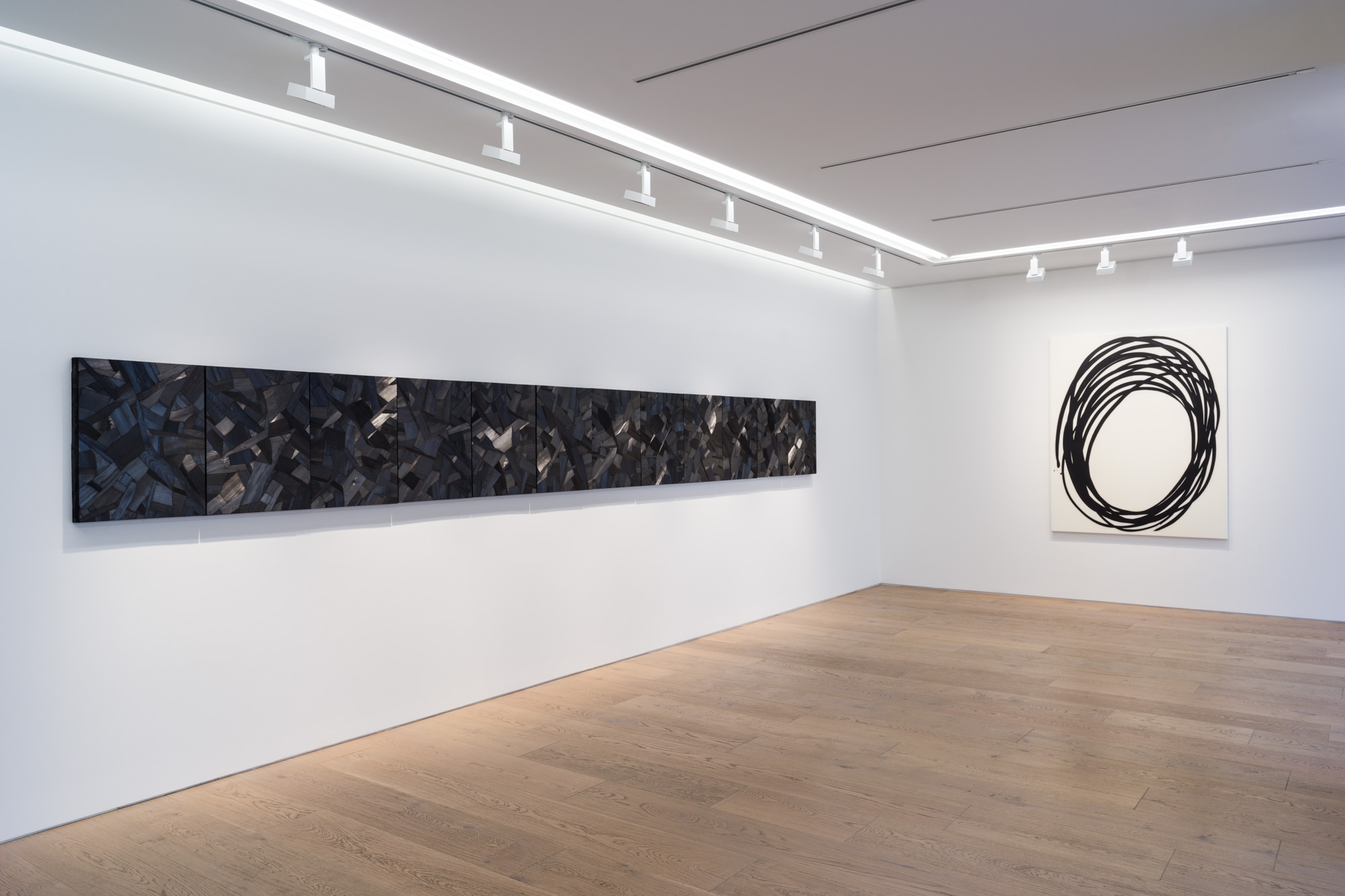
Jul 3–Aug 29
Lee Bae’s solo exhibition features his abstract monochromatic works which coalesce the mythical dimensions of the moon and charcoal, exploring the artist’s personal and cultural connections to the substance as both an everyday object and as material for Korean folk rituals, performed during the first moon of the lunar calendar. With charcoal-on-canvases such as Landscape (2003), with a streak of light amid a dark background, and Issu du feu (2003), depicting tightly grouped charcoals, Lee draws his viewers into the sublimity of the moonlight.
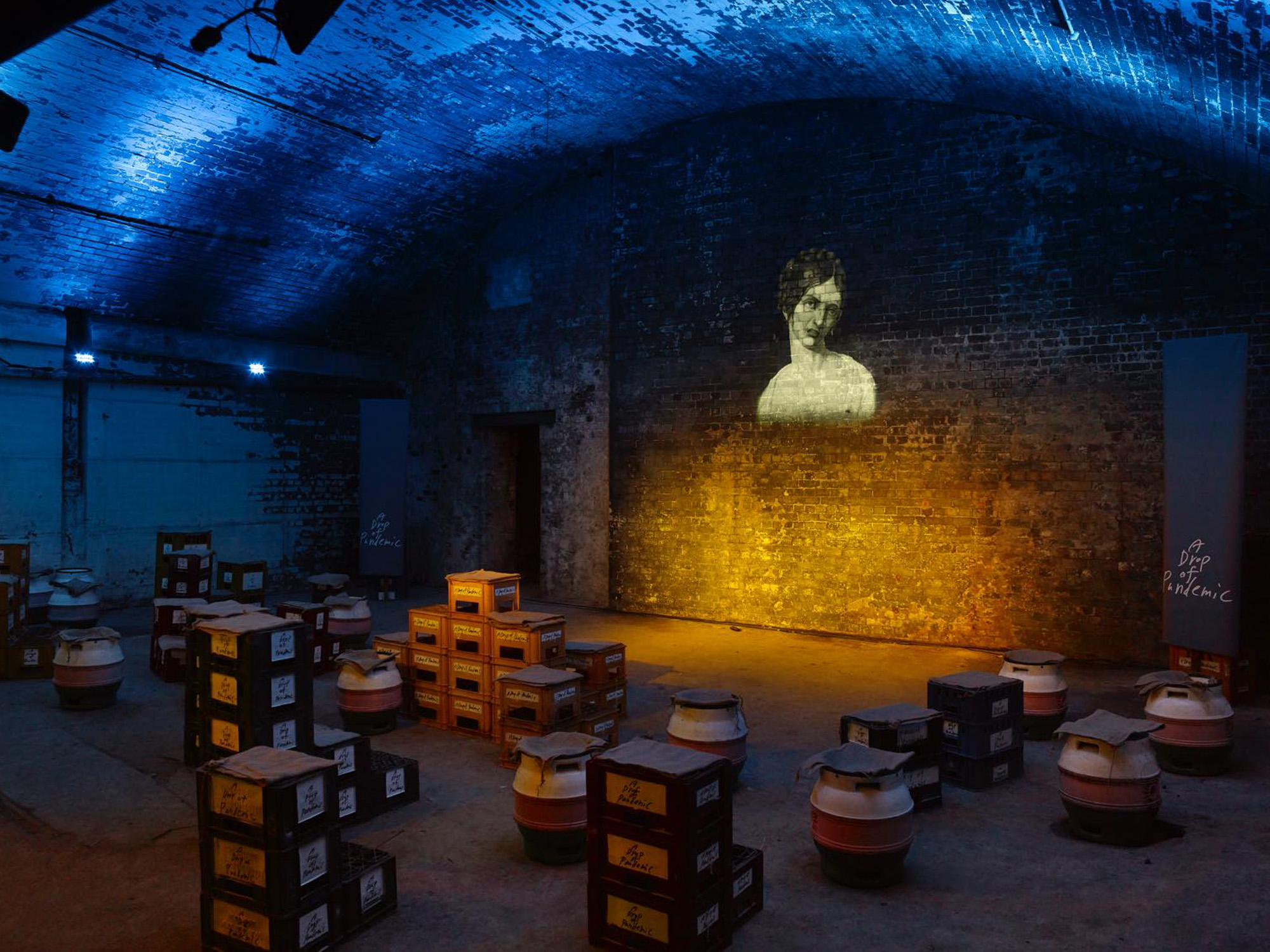
Jun 27–Jul 22
The artist collective’s solo show presents two recent installations in addition to earlier works. May, 2020, Tokyo (2020) contemplates what it means to make art during a lock-down, as the group is known for its street-based art. Meanwhile, A Drunk Pandemic (2019) re-stages the installation debuted at the 2019 Manchester International Festival. The functioning temporary brewery serves a special beer called “A Drop of Pandemic,” alluding to Manchester’s history as a hotspot of a cholera pandemic in the 19th-century, during which people drank beer instead of water, which they believed to be the cause of the disease. This work has new relevance today in light of the coronavirus outbreak.
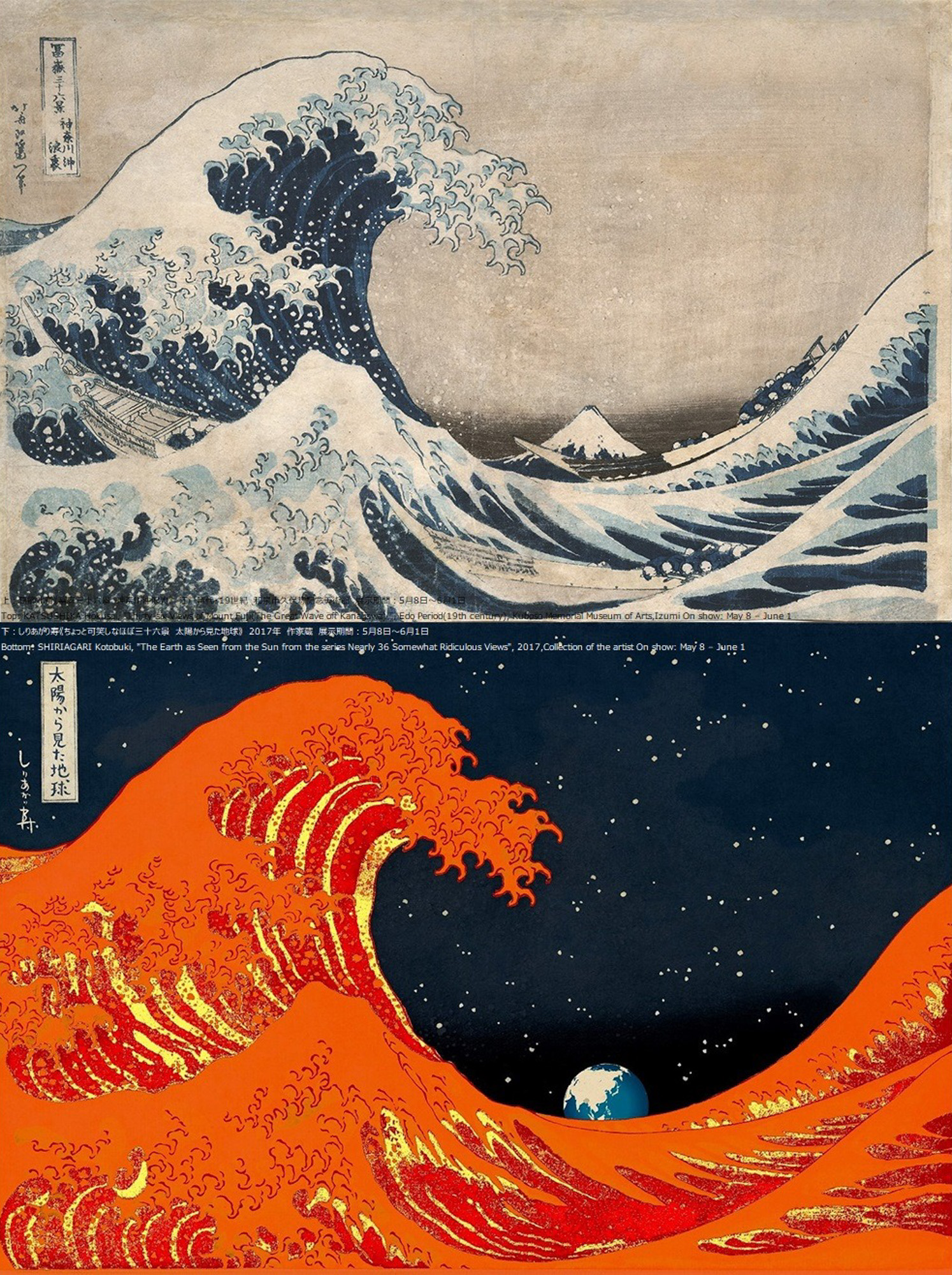
Jun 24–Aug 24
This exhibition juxtaposes Japan’s past and present, pairing classic Japanese art with the works of eight contemporary artists. Artworks such as Hokusai’s iconic print Thirty-six Views of Mount Fuji (1830s) and a Muromachi period katana sword appear alongside manga artist Kotobuki Shiriagari’s illustration The Earth as Seen from the Sun from the series Nearly 36 Somewhat Ridiculous Views (2017) and surrealist painter Tomoko Konoike’s large-scale installation Drop Curtain of Cowhide (2015), respectively. Other contemporary artists being featured include Rinko Kawauchi, Kishio Suga, Koji Tanada, Tsuyoshi Tane, Akira Minagawa, and Tadanori Yokoo.
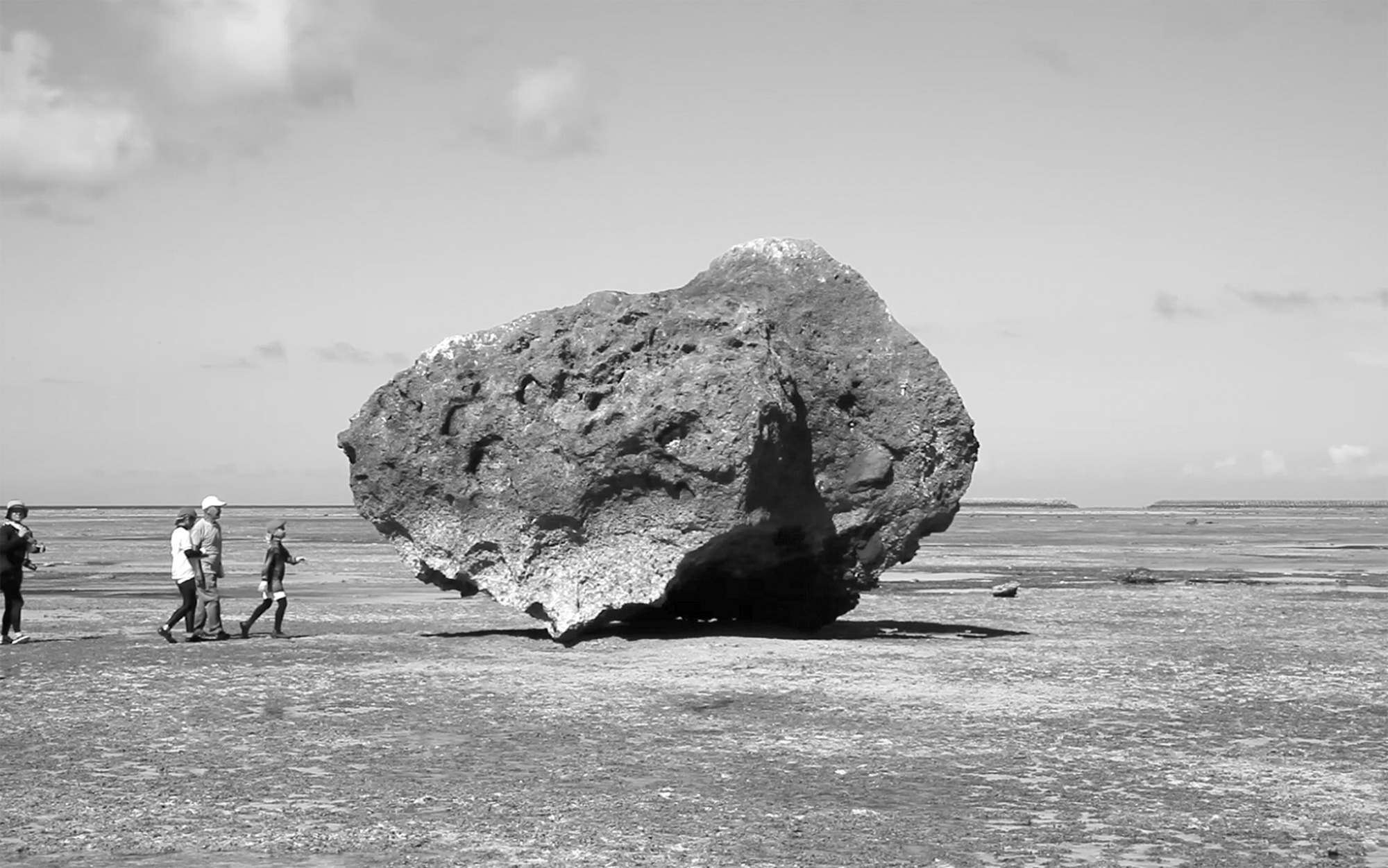
Jun 23–Oct 25
“Cosmo-Eggs” is the homecoming showing of Japans’ presentation at the 58th Venice Biennale, an interdisciplinary collaboration between four creative fields including artist Motoyuki Shitamichi, composer Taro Yasuno, anthropologist Toshiaki Ishikura, and architect Fuminori Nousaku. Through the usage of videos, music, an inflatable sculpture, and short stories, they collectively explore human-nature relations. Archival materials are also on display in addition to the original installation curated by Hiroyuki Hattori.
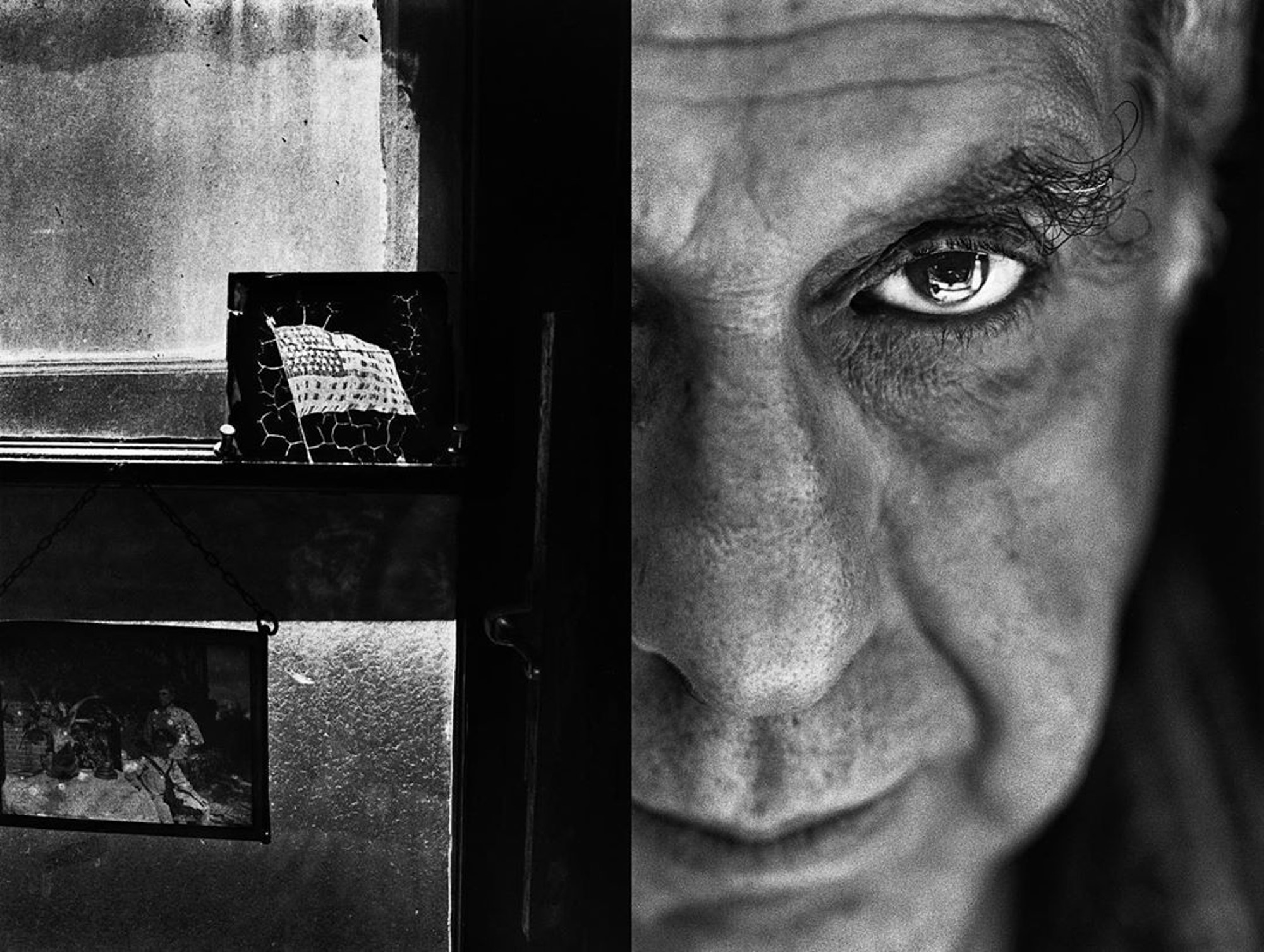
Jun 20–Jul 25
Photographer Kazumi Kurigami’s solo exhibition “April” also debutes the publication of his eponymous photo-book, which features portraits of the late Swiss-American photographer Robert Frank by the artist, as well as works detailing their encounter and eventual travels together at Furano in the 1990s. Highlights of the show include the intimate portrait of Frank taken by Kurigami, which appeared on the cover of the magazine SWITCH in 1992.
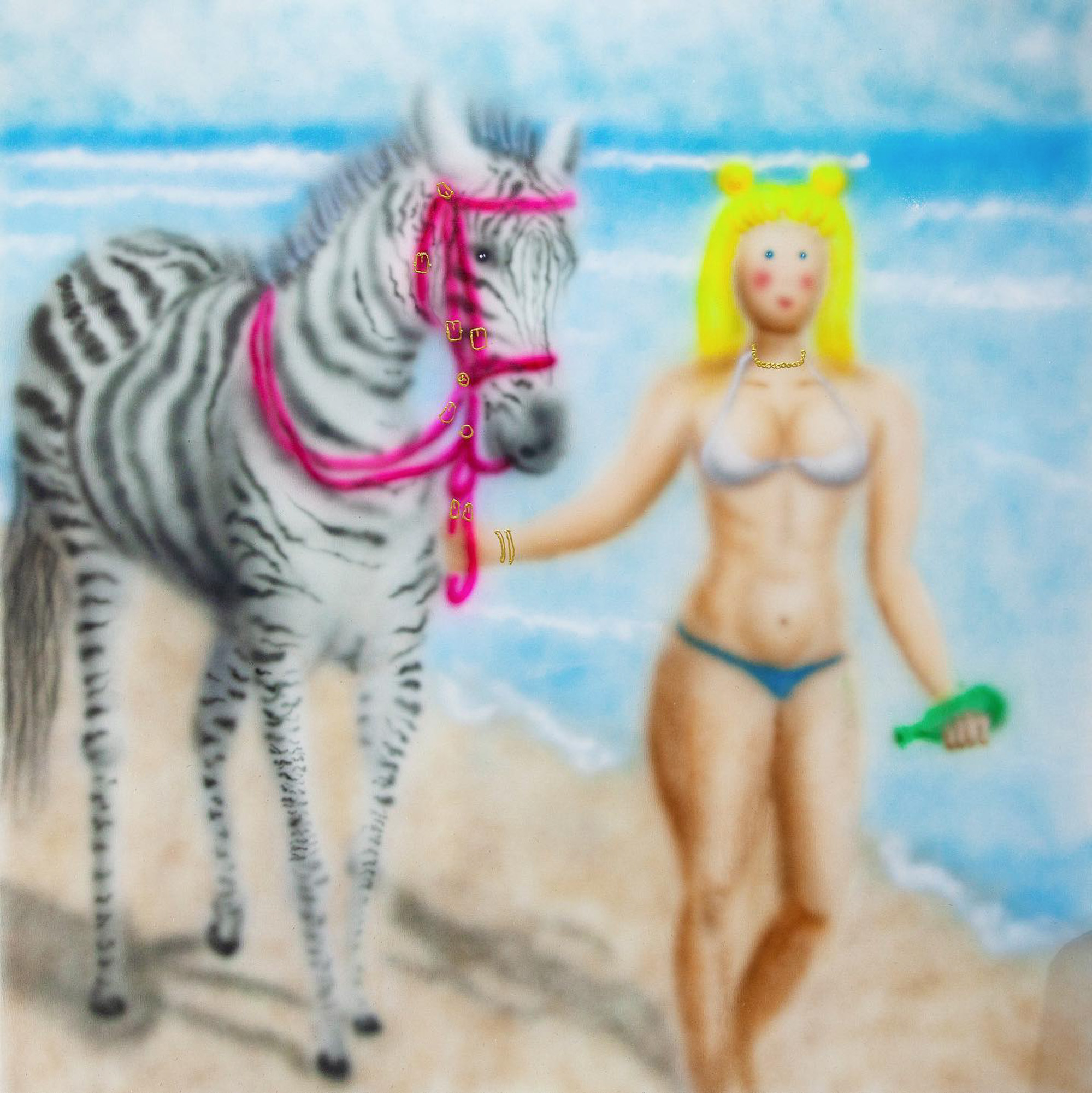
Jun 16–Aug 1
“Pet Shop Guys: Lost in Tokyo,” curated by Hangzhou-based artist collective Martin Goya Business (MGB), showcases three emerging artists from the collective: ChillChill, PAPAPEPIA, and ¥ouada. The group exhibition reacts to the technology-ridden and global capitalist development of contemporary China with a variety of works spanning acrylic-on-canvases, sculptural works of found objects, and videos.
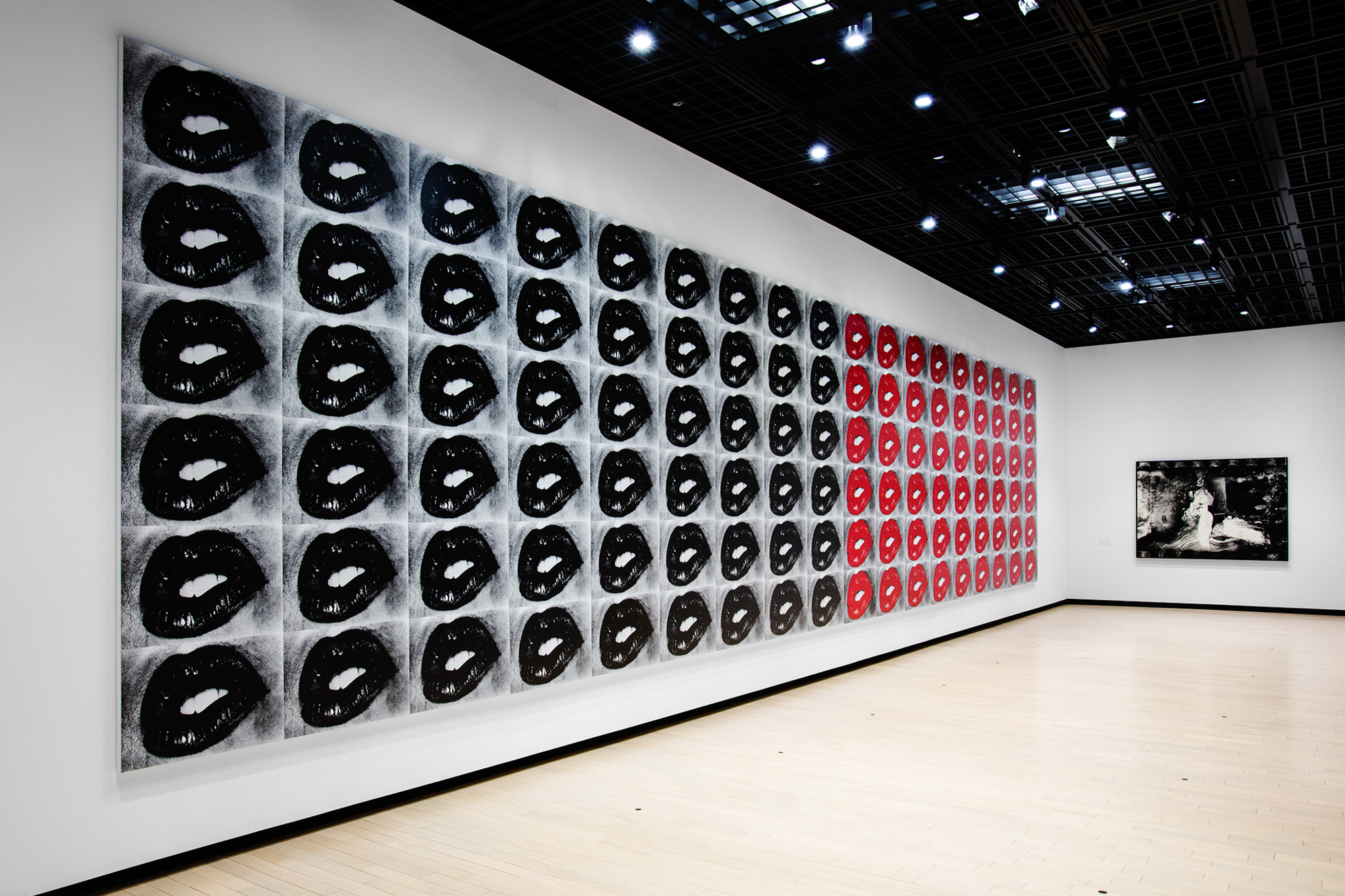
Jun 2–Sep 22
This exhibition celebrates the recent works of photographer Daido Moriyama, known for his grainy, out-of-focus style. The current presentation “Tokyo Ongoing” showcases the incessant fast pace of the metropolis and the chaos of everyday existence that he aims to portray, with both monochromatic and color photographs. Highlights include his 2017 series “Pretty Woman,” capturing snapshots of the female presence found around the city, some seen through large billboards and mannequins from shop windows.
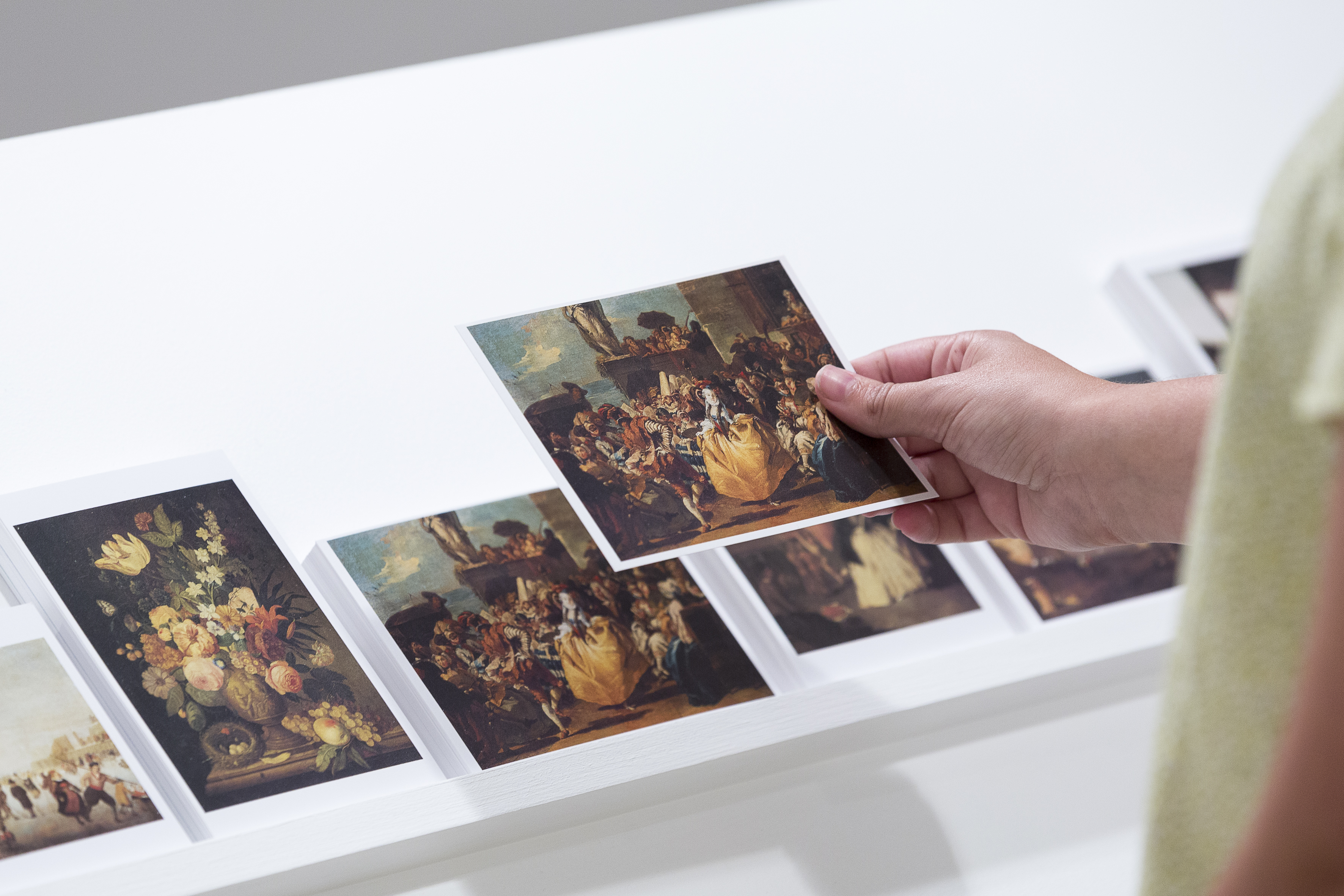
Museum of Contemporary Art, Tokyo
Jun 9–Sep 27
“Things Entangling” is the third and final exhibition from the collaborative series by the Museum and KADIST, featuring 12 artists who adopt interdisciplinary or cross-cultural methods to examine their own origins, as well as points of connection through explorations of space and time. Works displayed include Tom Nicholson’s Comparative Monument (Shellal) (2014–17), which imagines the repatriation of the Byzantine Shellal floor mosaic now held at Canberra, and Pio Abad’s The Collection of Jane Ryan & William Saunders (2014–19), comprised of postcard reproductions of paintings owned by former Philippines president Ferdinand Marcos who ruled under martial law.
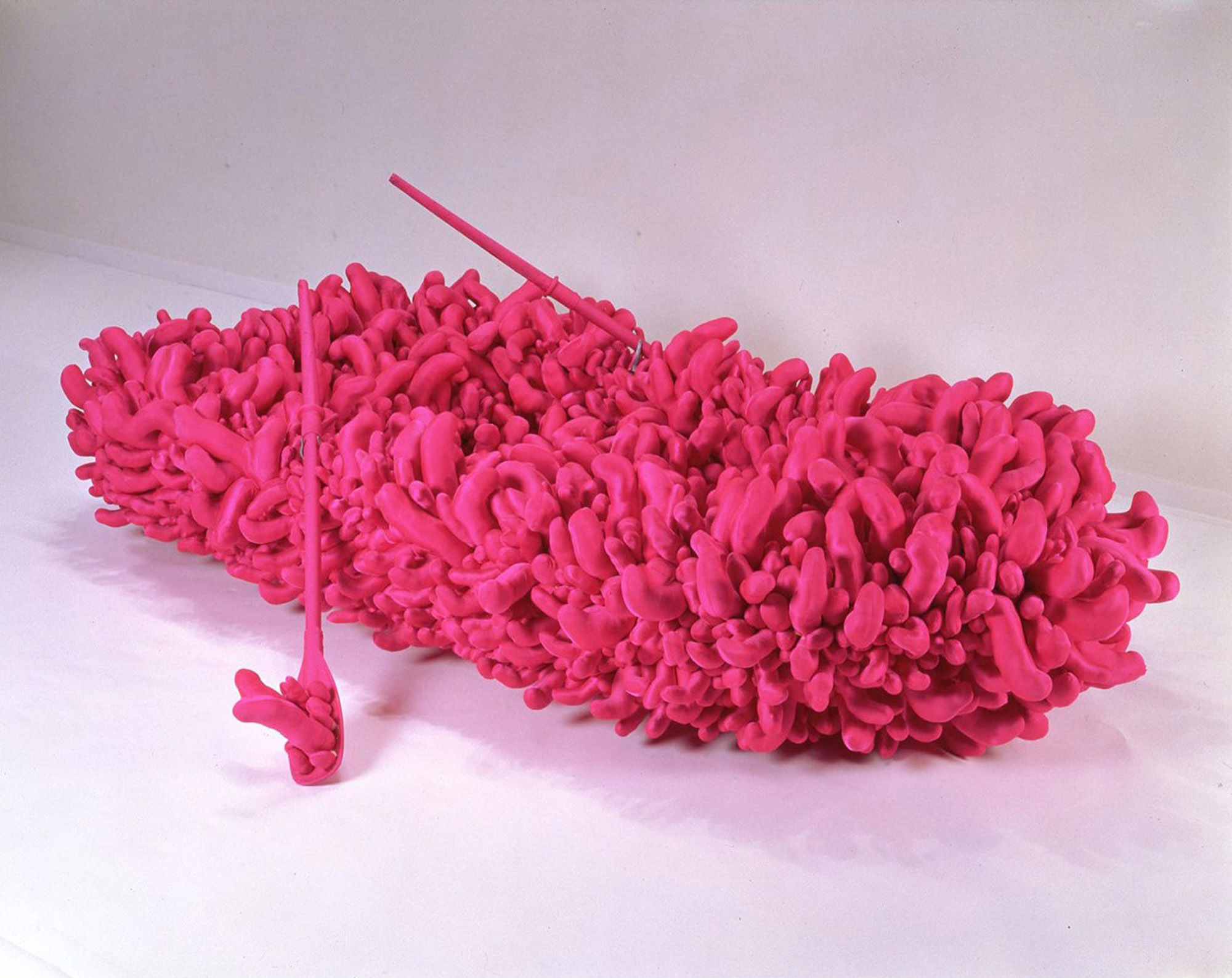
Jul 31–Jan 3, 2021
Mori Art Museum’s latest group exhibition spotlights six artists who rose to fame during the economic boom of post-World War Two Japan, namely Yayoi Kusama, Lee Ufan, Tatsuo Miyajima, Takashi Murakami, Yoshitomo Nara, and Hiroshi Sugimoto. The show examines how each artist developed their practice throughout the years both within Japan and globally. Archival materials displayed also track the progression of international exhibitions of Japanese contemporary art since the 1950s.

Jul 10–Aug 8
Michiko Tsuda returns to Taro Nasu for her second solo exhibition at the gallery, “Trilogue.” She is known for her idiosyncratic grasp on the human cognition, with works and performances that manipulate viewers’ lines of sight and motion through alternative orders of perceived materiality. The current exhibition continues her fascination with the surreal, and will present the artist’s newest installation, a maze-like construction of images, mirrors, and text that will engulf the viewer into her world of spatial and temporal illusion.
To read more of ArtAsiaPacific’s articles, visit our Digital Library.







